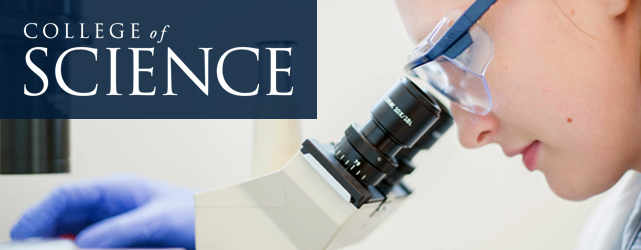
All Physics Faculty Publications
Document Type
Article
Journal/Book Title/Conference
Monthly Notices of the Royal Astronomical Society
Volume
429
Issue
3
Publication Date
3-2013
First Page
2361
Last Page
2365
Arxiv Identifier
arXiv:1207.4848
Abstract
Space-based gravitational wave interferometers are sensitive to the galactic population of ultra-compact binaries. An important subset of the ultra-compact binary popula- tion are those stars that can be individually resolved by both gravitational wave in- terferometers and electromagnetic telescopes. The aim of this paper is to quantify the multi-messenger potential of space-based interferometers with arm-lengths between 1 and 5 Gm. The Fisher Information Matrix is used to estimate the number of binaries from a model of the Milky Way which are localized on the sky by the gravitational wave detector to within 1 and 10 deg2 and bright enough to be detected by a magni- tude limited survey. We find, depending on the choice of GW detector characteristics, limiting magnitude, and observing strategy, that up to several hundred gravitational wave sources could be detected in electromagnetic follow-up observations.
Recommended Citation
Littenberg, T. B.; Larson, Shane L.; Nelemans, G. Department of Astrophysics, Radboud University Nijmegen; and Cornish, N. J., "Prospects for observing ultracompact binaries with space-based gravitational wave interferometers and optical telescopes." (2013). All Physics Faculty Publications. Paper 2005.
https://digitalcommons.usu.edu/physics_facpub/2005




Comments
This article has been accepted for publication in Monthly Notices of the Royal Astronomical Society ©: 2013 Littenberg, et al. Published by Oxford University Press on behalf of Royal Astronomical Society. All rights reserved. Publisher version available at http://mnras.oxfordjournals.org/content/429/3/2361.abstract.
Post print available through link above.